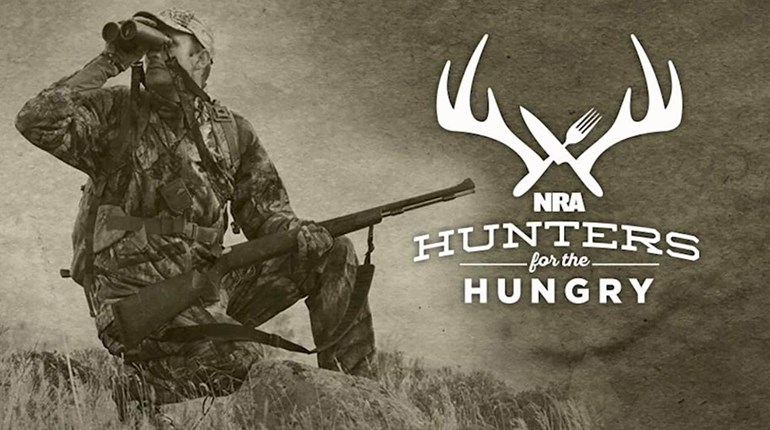
As a bullet begins to leave a gun, it is subjected to a variety of forces that determine trajectory. Gravity, drag, ballistic coefficient and velocity are among the most familiar to shooters, but there are dozens more that, all combined, make a bullseye even more spectacular.
Magnus force
Like a clothes washer’s rotation makes a whirlpool in the water, the rifling-imparted rotation of a bullet creates a similar, invisible swirling in the air as it travels downrange. Depending on the direction of that rotation and crosswind, a slight increase in pressure will occur on one side of a bullet, theoretically altering its trajectory—the so-called Magnus force.
It has little affect at small arms ranges, and the NRA Firearms Sourcebook lists it among the five forces that, “While of interest to professional ballisticians, these phenomena generally do not affect the trajectory enough to be of practical significance to most shooters.” If you want to put some serious spin on a missed target though, complain about Magnus.
Gyroscopic drift
The bullet’s rotation also causes an affect called gyroscopic drift, which creates lateral movement in the point of impact—a rough demonstration is found in a child’s spinning top, and its propensity to move in the direction of the spin. “Bullets drift to the right when fired from a right twist barrel,” according to Robert A. Rinker in his book, Understanding Firearm Ballistics, “and to the left from a left twist barrel.”
While it sounds like this really could cause problems, Rinker explains, “Sighting in will correct it, but only for the intended range.” The NRA Firearms Sourcebook cites the case of a 152-grain spritzer shot from a .30-06, which has a gyroscopic drift of 1.5-inches at 500 yards. Whether that is to the right or left of the bullseye depends on the rifling.
Coriolis force
Coriolis force, which was first described in 1835 by Gaspard-Gustave de Coriolis, affects all objects in flight, including bullets. It wasn’t until World War I, when the Germans built a 210 mm howitzer to throw 233-pound bombs on Paris at a distance of 75 miles that the French mathematician’s theory would be put to a practical test. The Kaiser’s troops used Coriolis’ work to adjust for the Earth’s rotation—393 meters in elevation and nearly a mile in windage—to accurately drop a few bombs.
The force is the result of the Earth rotating while a projectile is in flight, although precise computation gets trigonometric since the actual speed of our spherical planet’s rotation varies from around 1,000 miles per hour at the equator to zero at the poles. The bullet’s traveling in a straight line, while the target and frame of reference are moving.
Should long range shooters plug their latitude into a computer for a Coriolis-correction table before their next match? “With regard to small arms fire, and ranges to 1,000 yards; I believe that atmospheric conditions, relatively short flight times and good old-fashioned shooter variance will overshadow any Coriolis force that may be at work,” said Hornady’s Steve Johnson. “Artillery is a different game, trajectories are extreme and time of flight can be measured in minutes, providing much more opportunity for the Earth to rotate under the projectile in flight. I do not believe that it requires much, if any, consideration for shooting small arms, even .50 BMGs at a mile and greater.”
Rinker explains in his book, “Generally, the bullet’s curve will be about 1/10th of an inch in 125 yards in the central part of the U.S.” Coriolis force is so misunderstood that it is widely believed to be responsible for toilets draining either clockwise or counterclockwise, depending on hemisphere. Despite scientific explanations to the contrary, this myth continues to thrive.


































